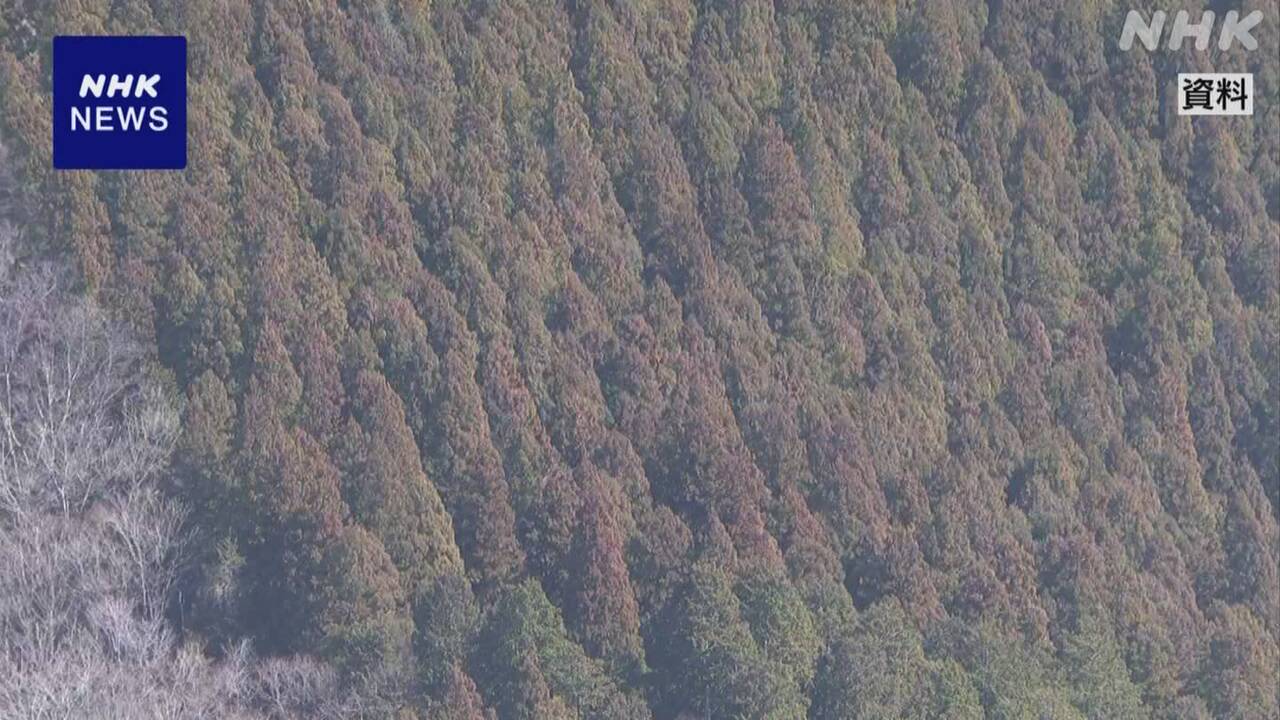Regarding the number of male cedar flower buds that disperse pollen, the Ministry of the Environment says that this season, the number of buds from male Japanese cedar flowers tends to be at or below normal in many areas of the country.
The Ministry of the Environment investigated the number of male cedar flower buds that disperse pollen in 35 prefectures from November to December last year, and found that compared to the average for the past 10 years, 16
prefectures including Tokyo and Osaka had an increase of 80% or more to 120%.
▽ 14 prefectures including Kyoto and Hiroshima are below 80%, which is below normal
.
On the other hand, the four prefectures of Iwate, Aichi, Hyogo, and Shimane are at over 120% higher than normal.
In addition, regarding the display of the amount of pollen scattered by Japanese cedar and cypress, the Japanese Pollen Society has previously indicated it in four levels: "low," "slightly high," "high," and "very high." When the amount of airborne particles exceeds 100 per square meter, a new ranking will be established as ``extremely high,'' and the national government recommends its use in the private sector and local governments.
The season for cedar pollen scattering usually begins around February, and the Ministry of the Environment urges people to wear masks and glasses as a preventative measure, as well as telework on days when the amount of cedar pollen is extremely high.
Additionally, since it is possible to suppress symptoms by starting to use the drug when the symptoms are very mild, the government is urging people to start using the drug one week before March, when the full-scale spread of the virus is expected to begin.
At a press conference after the cabinet meeting on the 2nd, Environment Minister Ito stated, ``hay fever has become a major social problem in recent years.We will steadily implement measures to prevent the source of the disease and its dispersal.''

